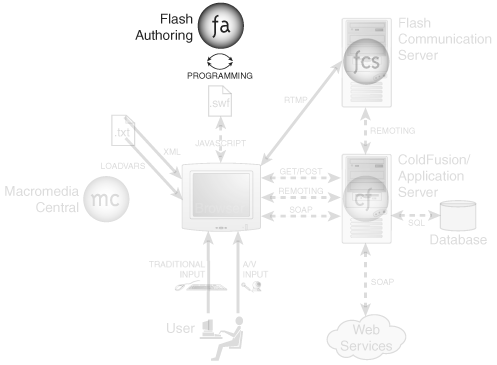Chapter 10. Production Techniques
| [ LiB ] |

Now that you've gotten through the bulk of technical details, the next part of this book deals with productivity. Although it may seem late to begin being efficient, think of it more like a time to refine, finesse, and improve what you already know. When you're learning, it's okay to be sloppy . When you embark on a large project, however, it's best to move forward in a well-mannered and deliberate way. This part of the book deals with how to be productive.
This first chapter in the production part of the book covers a variety of general techniques. It's more than just a list of common-sense practices, however. You'll learn specific approaches that I've either learned the hard way or developed during real projects (invariably with the help of others). I've also borrowed traditional "scientific approaches" and applied them to Macromedia Flash MX 2004 application development.
This chapter covers the following topics:
-
How to exploit some of the newer productivity features in Flash
-
The basics of editing Flash's external configuration files
-
How to use shared library items and runtime shared libraries
-
Ideas for prototyping and using components
-
How to use Flash MX Professionals 2004's Project panel
| [ LiB ] |
EAN: 2147483647
Pages: 120